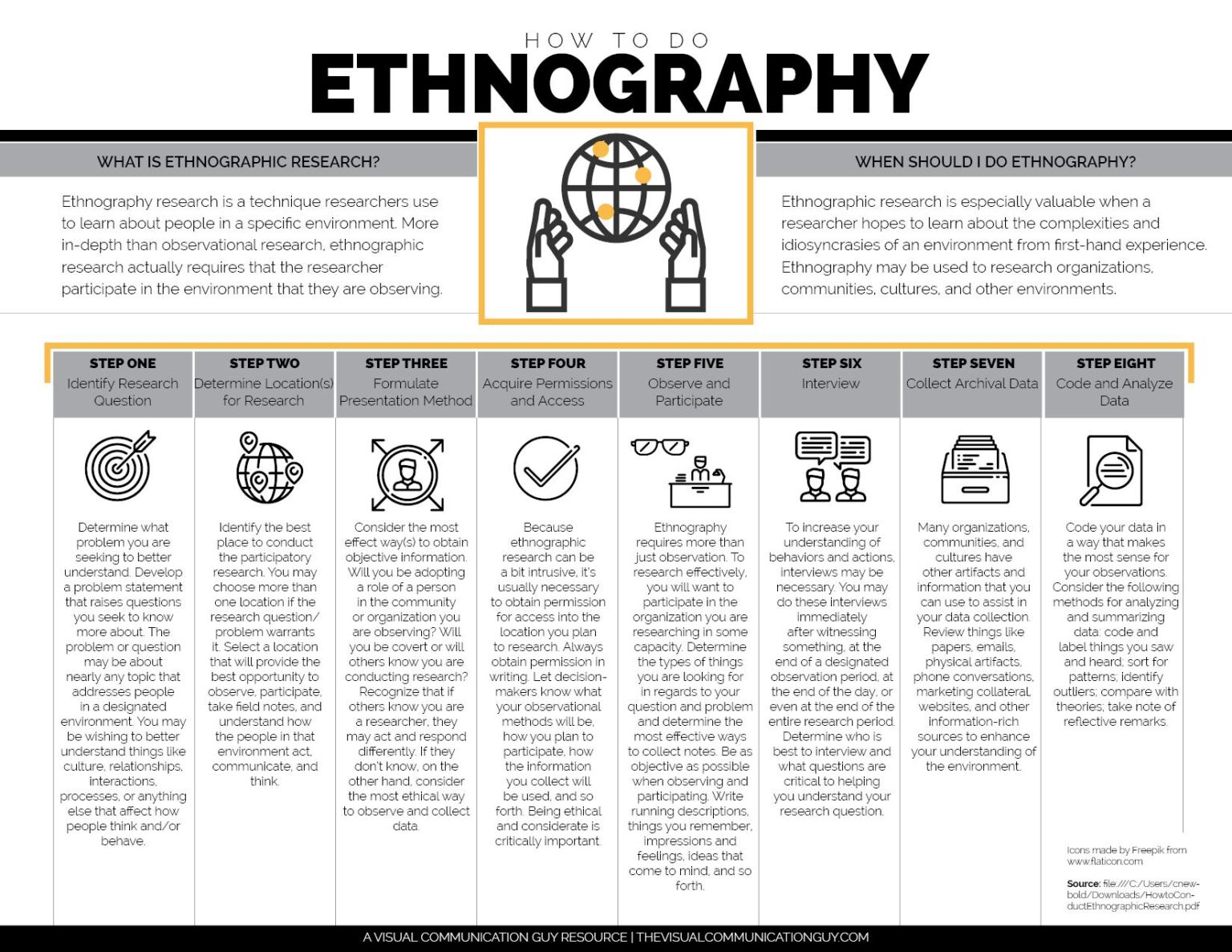Starlink’s Expansion in Africa: Revolutionizing Internet Access in Lesotho and Guinea-Bissau
SpaceX’s Starlink satellite internet service has recently launched operations in Lesotho and Guinea-Bissau, marking a significant milestone in bridging the digital gap within these countries. Historically plagued by limited or unstable internet infrastructure, these nations are now positioned to benefit from Starlink’s fast, low-latency satellite broadband. This breakthrough is set to transform communication networks, enhance access to critical information, and stimulate economic development across these underserved regions.
Overcoming Connectivity Barriers: The Importance of Lesotho and Guinea-Bissau
The introduction of Starlink technology directly addresses the chronic broadband shortages caused by geographic isolation and underdeveloped telecommunications infrastructure. Traditional wired internet services have struggled to reach remote communities due to difficult terrain and low population density. Utilizing a network of low Earth orbit satellites, Starlink provides reliable connectivity that rural populations previously lacked.
This initiative goes beyond technological progress; it aims to empower citizens by enhancing vital sectors such as education, healthcare, and entrepreneurship. Government officials from both countries anticipate that improved online access will serve as a catalyst for socio-economic advancement through:
- Expanded distance learning: Students gain access to global educational resources beyond their local classrooms.
- E-commerce growth: Local business owners can tap into broader markets domestically and internationally.
- Enhanced telehealth services: Medical professionals can provide virtual consultations, improving healthcare availability especially in isolated areas.
The Economic Promise: Satellite Internet Driving Growth
The arrival of dependable satellite internet opens new avenues for economic diversification within emerging markets like those found in Lesotho and Guinea-Bissau. Improved connectivity enables small- and medium-sized enterprises (SMEs) to engage more fully with digital economies previously inaccessible due to infrastructural limitations. Data from the International Telecommunication Union (ITU) indicates that each percentage point increase in broadband penetration correlates with an average annual GDP per capita growth boost of about 1.38%, highlighting promising economic prospects for these nations.
Apart from commercial benefits, educational systems stand on the cusp of transformation. Students residing far from urban centers will be able to participate actively using interactive platforms—such as virtual classrooms or cloud-based learning tools—that were once out of reach because of poor network coverage.
- Improved student retention: Greater resource availability helps lower dropout rates linked with inadequate learning environments.
- Narrowing urban-rural gaps: Equalizing education quality fosters inclusive national progress across regions.
- Youth empowerment programs: Digital literacy initiatives prepare younger generations for careers increasingly shaped by technological innovation.
Navigating Challenges Through Collaborative Efforts
The success of Starlink’s rollout depends heavily on strong partnerships among various stakeholders—including local communities, government agencies, NGOs, and private sector players—to customize solutions based on regional needs while building trust throughout implementation phases.
The following strategies are recommended for maximizing impact:
- Create community engagement forums: Encouraging ongoing dialogue helps identify specific obstacles residents face regarding digital adoption;
- Liaise with local entrepreneurs: Providing training programs enhances users’ digital skills;
- Implement feedback channels: Continuous evaluation allows adjustments informed by user experiences;
An equally vital component involves establishing strong collaborations between Starlink operators and governmental bodies responsible for telecommunications regulation & national development plans—streamlining licensing processes while aligning efforts with continental frameworks such as the African Union’s Agenda 2063.
.
Tactical Approaches To Align Stakeholders Include:
- Synchronizing initiatives with policymakers ensures compliance while fostering innovation-friendly policies;
- Pursuing public-private partnerships aimed at expanding affordable device distribution alongside network infrastructure deployment;
- Delineating incentive schemes—such as subsidies or tax breaks—to attract investment into underserved rural areas;
A Forward-Looking Vision: Shaping Africa’s Digital Future Through Satellite Connectivity
This launch not only signifies progress for Lesotho & Guinea-Bissau but also reflects growing momentum across Africa toward closing its persistent digital divide—which still leaves over half the continent’s population offline according to World Bank data (2024). As more African nations embrace advanced technologies like SpaceX’s extensive satellite constellation—which currently operates over four thousand satellites globally—the potential extends well beyond enhanced communication towards deep social transformation powered by connectivity.
Starlink exemplifies how innovative technology tailored specifically for marginalized regions can unlock unprecedented opportunities—from enabling remote work amid evolving global labor trends post-pandemic—to advancing smart agriculture driven through IoT devices reliant on stable networks.
Ongoing monitoring remains crucial; organizations such as Dabafinance continue providing timely insights into how this technological shift reshapes lives throughout Africa—promoting inclusion while accelerating sustainable development goals via expanded digital ecosystems.
In summary,
this deployment offers renewed optimism that millions who have long faced unreliable internet may soon enjoy seamless connectivity—bridging divides between urban centers & rural hinterlands alike—and nurturing empowered communities ready confidently for tomorrow’s interconnected world.

